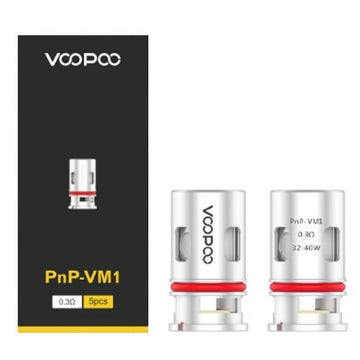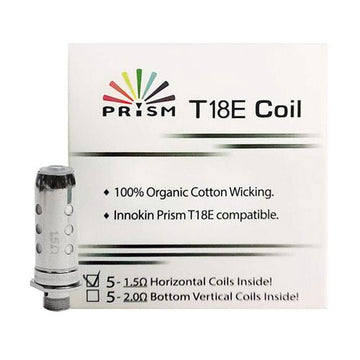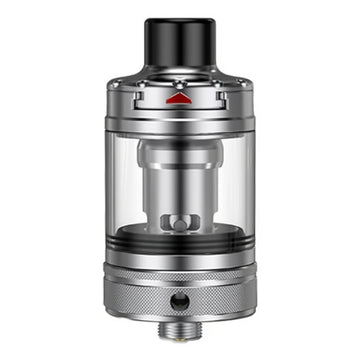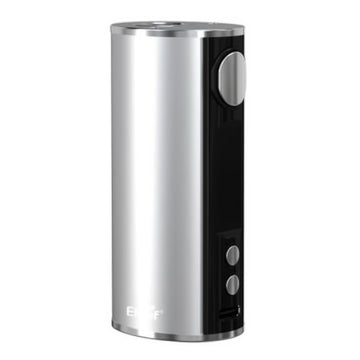When it comes to using a nicotine-containing e-liquid in your vape, you have two options: freebase nicotine or nic salts.
Freebase is the long-time favourite of smokers and vapers alike, while nicotine salts are a newer but extremely popular addition to the world of e-liquid. But what exactly are the differences between nicotine salts and freebase nicotine? And which one will provide the nicotine strength and vaping experience you’re looking for?
Whether you’re a new vaper trying to figure out which type of e-liquid will provide the nicotine levels you need, or an experienced vaper thinking about trying something new, this guide will tell you everything you need to know about freebase and nicotine salts.
Let’s get started by taking a look at nicotine itself.
What is nicotine?
We’re going to get a little technical. Stick with us for now – this information will be useful for understanding the next section.
Found in the nightshade family of plants, most predominantly in the tobacco plant, nicotine is a naturally produced alkaloid. It is considered a salt – nicotine is produced by the chemical reaction between an acid with a negative ion and a base with a positive ion. Because it is a weak base, its greater number of negatively charged parties want to find positively charged particles so it can ionise.
As a result of this, the nicotine that naturally occurs in plants such as tobacco (as well as in minuscule quantities in tomato and potato plants) cannot be absorbed very effectively by the human body. This is because the ions are hard to vaporise and they struggle to move across the membranes in our body. Consequently, we can’t absorb much nicotine in its natural form.
Processing the nicotine can help us enjoy it better; this leads us on to freebase nicotine.
What is freebase nicotine?
Freebase nicotine was developed by tobacco manufacturers in the 1960s and remains the predominant form of nicotine on the market.
Freebasing is a process where ammonia is added to the nicotine to de-protonate it (strip away the positive charge). This leaves nicotine in its purer, unionised state, where the particles can cross your body’s membranes more easily. As a result, the nicotine can be absorbed more fully and with greater potency.
The first vape juices contained freebase nicotine and for a while it was the main way of vaping with nicotine. In the last few years, however, a new form of nicotine has burst onto the scene: nicotine salts.
What are nicotine salts?
Remember how nicotine is freebased by adding ammonia, a base? Instead of adding alkaline ammonia to nicotine to create a freebase, nic salts are where an acid such as benzoic acid (or sometimes lactic or citric acid) is added to the nicotine.
Adding benzoic acid lowers the pH level of the nicotine, reducing the harsh throat hit that smokers and vapers associate with freebase nicotine. The addition of acid also causes a chemical reaction that allows the nicotine to be vaporised at lower temperatures and to be absorbed into the body more easily than nicotine in its natural form.
The resulting substance is referred to as nic salts, nicotine salts, or salt nic. These e-liquids have become popular in recent years as they are often used in disposable vapes and pod vape systems.
Which is better to vape?
Now we’ve explained the science behind freebase nicotine and salt nicotine, you’re probably wondering which one is better to vape. Like many other aspects of vaping, the answer depends on your vaping preferences. Let’s take a look at the vaping performance of both forms of nicotine.
Freebase nicotine
- Provides a strong throat hit which increases with nicotine strength – some vapers find this pleasurable while others find it uncomfortable.
- Takes longer to build up in your system because it is absorbed more slowly.
- Requires higher power and temperature to vaporise, meaning that freebase e-liquids are suited to higher powered and sub-ohm devices.
- Are often available as shortfills (large bottles of nicotine-free e-liquid which you may wish to add a shot of nicotine to).
- Can come in a range of VG / PG ratios but are often high VG e-liquids.
Nic salts
- Provides a smoother, more subtle throat hit, which some vapers prefer.
- Absorbed faster than freebase nicotine – nicotine salts are absorbed by the body in 5-10 seconds.
- Because they’re absorbed faster, you don’t need as high nicotine levels to satisfy cravings.
- Require a lower temperature and battery strength to vaporise, meaning that they are ideal for low-powered MTL devices such as pod kits and disposable vape pens.
- Are available in 10ml bottles (TPD regulations in the UK and EU prevent the sale of nicotine containing vape liquids in larger volumes).
- Are often 50/50 e-liquids or contain a high proportion of Propylene Glycol.
So, which is better for you? If you’re still not sure, consider these three case studies:
Case study 1: The ex-smoker
Jordan had been trying to quit smoking for years, but after reading about how vapes have helped many people give up cigarettes for good, she decided to give vaping a go.
To avoid the difficult nicotine cravings experienced when quitting smoking, Jordan decided to choose a beginner-friendly pod vape kit with nic salt e-juice. The fast-acting 18mg nicotine salts have helped her chase off nicotine cravings and the smooth throat hit has allowed her to take frequent puffs without experiencing any discomfort.
Overall, vaping nic salts have helped her make the switch from smoking to vaping more easily than she expected. Now she just slips her vape and a 10ml bottle of nic salts in her pocket and she’s ready to go.
Case study 2: The cloud chaser
Lucas switched from smoking to vaping years ago and since then he’s made a lot of friends in the vaping community. One of his friends introduced him to cloud-chasing and he’s never looked back.
Lucas loves choosing the perfect e-liquid for DTL (direct-to-lung) vaping that produces huge clouds of vapour. Because he no longer requires quick absorbing nicotine to achieve nicotine rushes, he can use an e-liquid with freebase nicotine in lower levels.
To achieve huge clouds, he opts for freebase nicotine e-liquids and shortfills with a high VG ratio – the best option for high-powered cloud-chasing vaping.
Case study 3: The versatile vaper
Amelia has been vaping for a while and although she wouldn’t consider herself a hardcore vape enthusiast she enjoys sampling different e-liquids, vape kits, and styles.
Switching between her reliable daytime vape kit and the smaller vape she slips into her pocket on nights out, she uses a range of shortfill e-liquids with freebase nicotine for her kit and nic salts for her smaller vape. She enjoys using both nic salts and freebase and enjoying the wider range of flavours available to her as a result.
Conclusion: Nic salts vs freebase nicotine
At the end of the day, the choice of whether to vape nicotine salts or freebase nicotine is a personal one – we can’t tell you what to do! However, we hope that this guide has helped you understand the differences between the two and which might be better suited for your needs.
At Oxford Vapours, we have a wide range of both freebase and salt nic e-liquids available for you to choose from. With a range of nicotine salts by leading brands such as Ohm Brew and Zeus Juice as well as incredible freebase nicotine e-liquids by Vampire Vape, Doozy Vape, there’s no shortage of amazing flavours.
Find your perfect freebase e-juice or nic salt today!




















